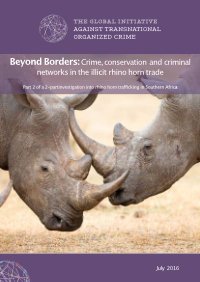By Michael E. Clements and Gretta L. Goodwin
This Study Drug and human trafficking are longstanding and pervasive problems. Federal law enforcement agencies have noted the use of online marketplaces, such as social media sites and messaging platforms, in drug and human trafficking. Further, agencies have expressed concern about traffickers’ increased use of virtual currencies—that is, digital representations of value that are usually not government-issued legal tender. The National Defense Authorization Act for Fiscal Year 2021 includes a provision for GAO to review how a range of methods and payment systems, including online marketplaces and virtual currencies, are used to facilitate drug and human trafficking. This report examines what is known about drug and human traffickers’ use of online marketplaces and virtual currencies, efforts by federal and state agencies to counter such trafficking, and benefits and challenges virtual currencies pose for detecting and prosecuting drug and human trafficking, among other objectives. GAO reviewed federal agency and industry documentation and GAO’s relevant body of past work; interviewed officials at federal and state agencies and industry and nonprofit stakeholders; and reviewed recently adjudicated cases involving the use of virtual currencies in drug or human trafficking.
GAO-22-105101., Washington DC: U.S. Government Accountability Office, 2022. 57p.














